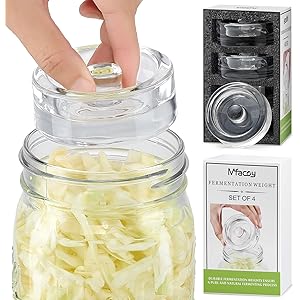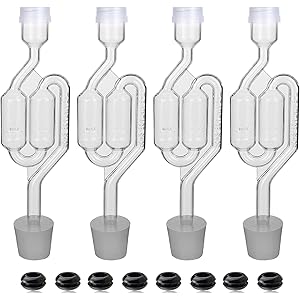Understanding Yeast Activation
Yeast is a crucial ingredient in baking and brewing, responsible for fermentation and leavening. When yeast doesn’t foam, it indicates that the yeast is not activated properly. This can occur due to various factors, including temperature, moisture, and the freshness of the yeast itself. Understanding how yeast works is essential for achieving the desired results in your recipes.
Common Reasons for Non-Foaming Yeast
One of the most common reasons when yeast doesn’t foam is the temperature of the liquid used to activate it. If the water or milk is too hot, it can kill the yeast, while water that is too cold may not activate it effectively. The ideal temperature range for activating yeast is between 100°F and 110°F (37°C to 43°C). Ensuring that your liquid is within this range is vital for successful fermentation.
The Importance of Fresh Yeast
Another critical factor to consider is the freshness of the yeast. Yeast has a shelf life, and using expired or stale yeast can lead to poor fermentation results. When yeast doesn’t foam, it may be a sign that the yeast is no longer viable. Always check the expiration date on the package and store yeast in a cool, dry place to maintain its potency.
Impact of Sugar on Yeast Activation
Sugar plays a significant role in yeast activation. When yeast doesn’t foam, it could be due to insufficient sugar in the mixture. Yeast feeds on sugar, producing carbon dioxide and alcohol as byproducts. If there is not enough sugar present, the yeast may struggle to activate. Adding a small amount of sugar to the warm liquid can help kickstart the foaming process.
Water Quality and Yeast Performance
The quality of water used can also affect yeast performance. Chlorinated water can inhibit yeast activity, leading to situations where yeast doesn’t foam. If you suspect that your tap water may be affecting your yeast, consider using filtered or bottled water for your recipes. This simple change can significantly improve yeast activation and overall baking results.
Get more content like this!
Sign up to receive updates and new terms first hand.
Yeast Type and Its Effects
Different types of yeast can behave differently in various conditions. Active dry yeast, instant yeast, and fresh yeast each have unique activation requirements. When yeast doesn’t foam, it may be due to using the wrong type of yeast for your recipe. Understanding the specific needs of the yeast you are using is essential for successful baking and brewing.
Environmental Factors Influencing Yeast Activity
Environmental factors such as humidity and air circulation can also impact yeast activity. When yeast doesn’t foam, it may be a result of unfavorable conditions in your kitchen. Yeast thrives in warm, humid environments. If your kitchen is too dry or too cold, consider creating a more suitable environment for yeast activation, such as placing the mixture in a warm spot or covering it with a damp cloth.
Testing Yeast Viability
If you frequently encounter issues with yeast not foaming, it may be beneficial to test the viability of your yeast before using it in recipes. To do this, mix a small amount of yeast with warm water and sugar, and wait for about 10 minutes. If the mixture bubbles and foams, your yeast is active. If not, it may be time to replace your yeast supply.
Adjusting Recipes for Better Yeast Activation
When yeast doesn’t foam, it can be helpful to adjust your recipes to ensure better yeast activation. This may include altering the temperature of the liquids, increasing the sugar content, or even changing the type of yeast used. Experimenting with these variables can lead to improved results and a better understanding of how yeast functions in your baking and brewing processes.




